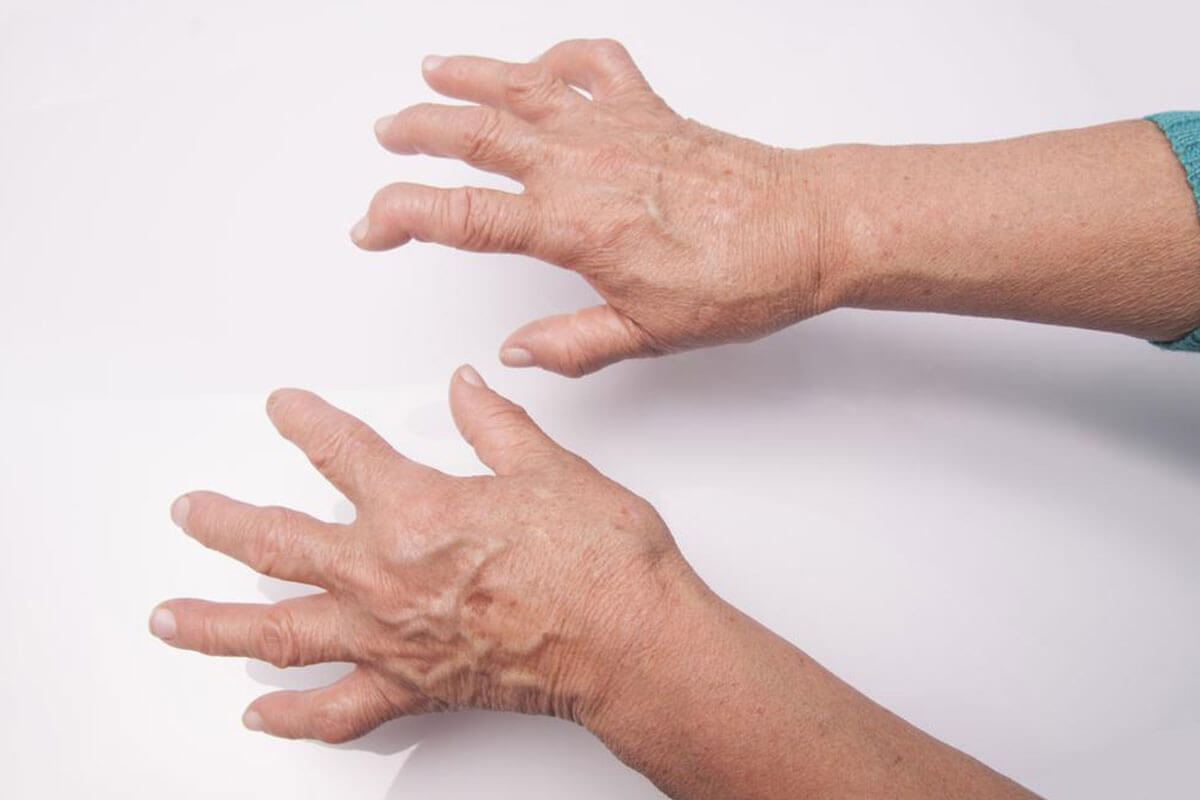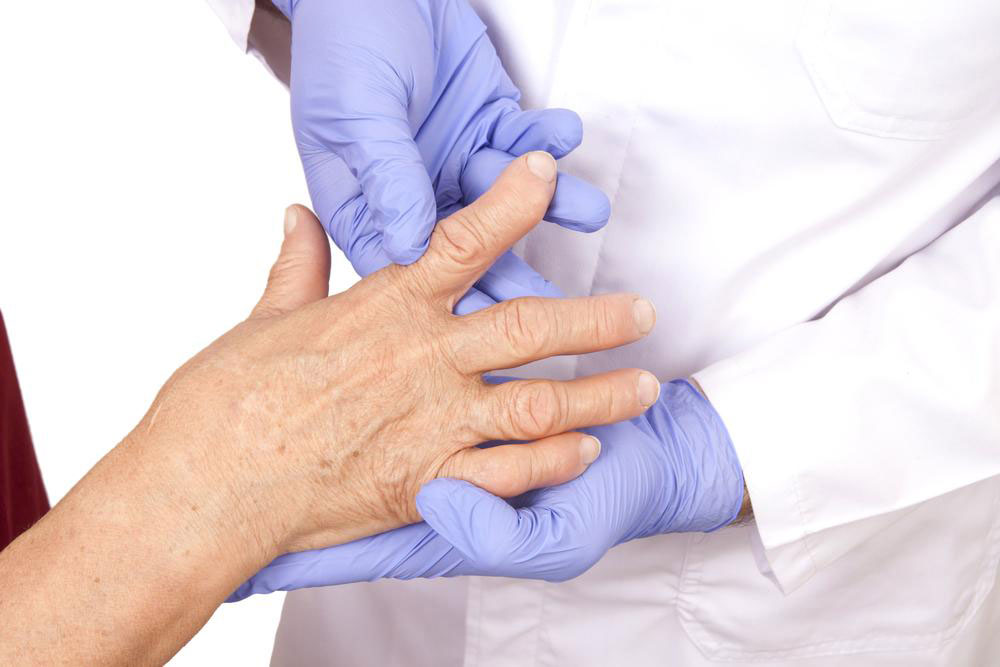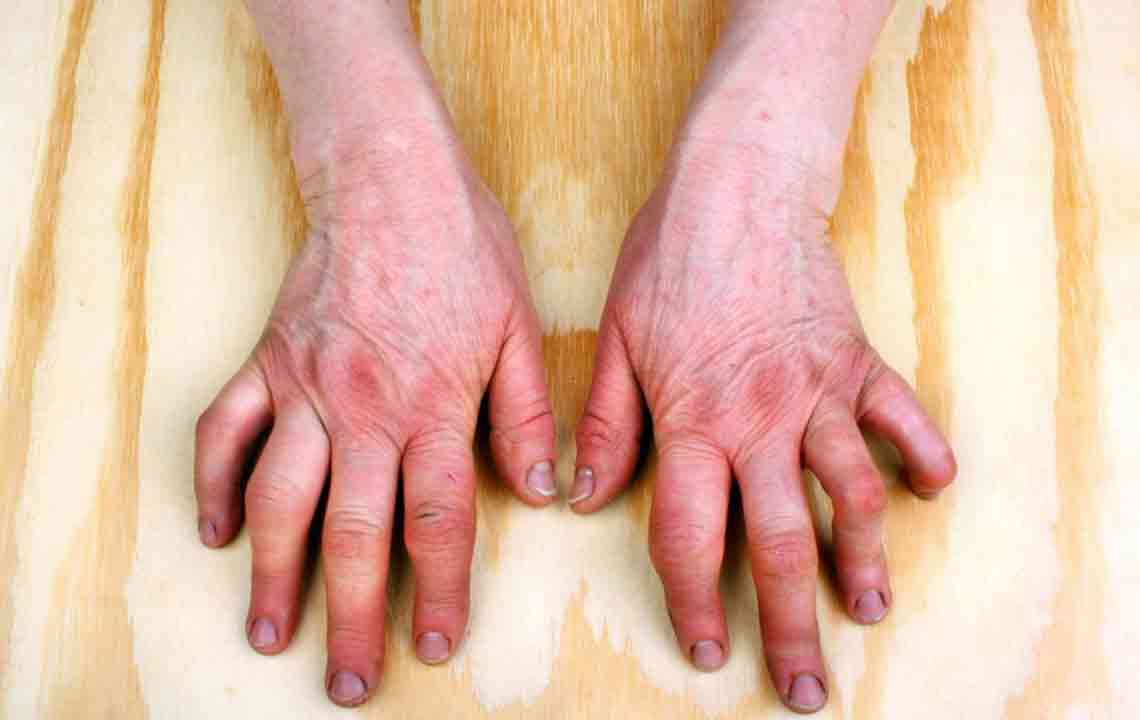Comprehensive Guide to Diagnosing Rheumatoid Arthritis
This article provides an in-depth overview of how rheumatoid arthritis is diagnosed, including symptoms, blood tests, and imaging procedures. It emphasizes the importance of accurate diagnosis for effective management of this autoimmune disease and highlights common diagnostic tools used by healthcare providers to identify RA. Understanding these methods helps patients recognize the significance of early detection and appropriate treatment to prevent joint damage and accommodate associated health issues.

Understanding the Process of Diagnosing Rheumatoid Arthritis
Rheumatoid arthritis (RA) is an autoimmune condition characterized by joint inflammation. Here is an overview of how rheumatoid arthritis is diagnosed.
RA primarily affects smaller joints such as those in the hands and feet, with around 1.5 million Americans affected. Without treatment, it can damage cartilage and lead to deformities. It is more prevalent among women and typically emerges after age 40. Beyond joints, RA can impact organs like eyes, blood vessels, skin, and lungs.
Symptoms include fatigue, fever, stiffness in the morning, swollen, painful joints, and weight fluctuations. Symptoms often appear symmetrically, affecting the same joints on both sides. Severity varies among individuals and symptoms may flare up intermittently, with periods of remission. Over time, untreated RA can cause joint misalignment and deformity.
Since the exact cause of RA remains unknown, treatment mainly aims to ease pain and joint discomfort. A proper diagnosis is essential before initiating therapy.
Diagnosing RA can be challenging because other conditions produce similar joint symptoms. There is no single definitive test. Typically, doctors start with a physical exam checking for swelling, redness, warmth, muscle strength, and reflexes. If RA is suspected, further blood and imaging tests are ordered to confirm the diagnosis. These tests include:
Blood Tests
While no blood test can definitively diagnose RA, certain tests provide clues. They include:
C-reactive Protein (CRP)
The CRP test measures liver-produced protein levels in response to inflammation. Elevated CRP indicates inflammation but does not confirm RA.
Rheumatoid Factor (RF)
The RF test detects antibodies often found in RA patients. However, a positive result isn't exclusive to RA, and some RA patients test negative.
Complete Blood Count (CBC)
The CBC assesses blood components, identifying anemia common in RA patients. Nonetheless, anemia alone does not diagnose RA.
Joint Imaging
Imaging studies reveal joint damage and inflammation, aiding in diagnosis and disease monitoring. Common tests include:
Ultrasound – Uses sound waves to produce joint images.
X-Ray – Uses radiation to evaluate joint structures.
MRI – Employs magnetic fields and radio waves for detailed images.
These tools are vital for confirming RA and assessing its progression.
Note:
Our blog offers diverse, practical information across multiple topics. While our research aims to provide reliable insights, it shouldn't replace professional medical advice. The site is not responsible for differing information or errors on other platforms. Readers should consult healthcare professionals for personalized diagnosis and treatment options.










